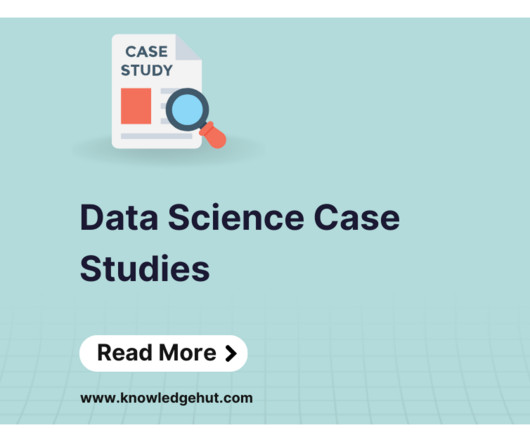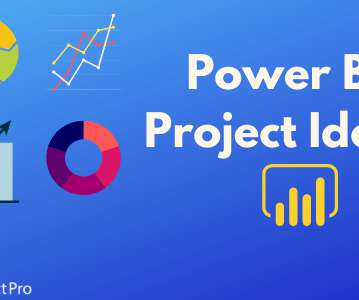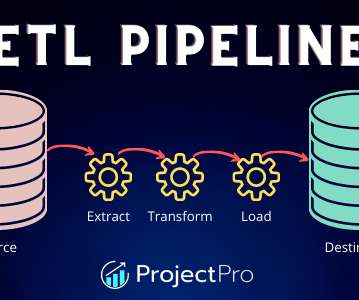The role of data in COVID-19 vaccination record keeping
Cloudera
DECEMBER 16, 2020
The role of data in COVID-19 vaccination record keeping. Now that the Pfizer vaccine has been approved by the FDA for use in the US, and the Moderna vaccine likely isn’t far behind, we are now on the verge of being able to emerge from the social distancing world that began earlier in 2020.













Let's personalize your content